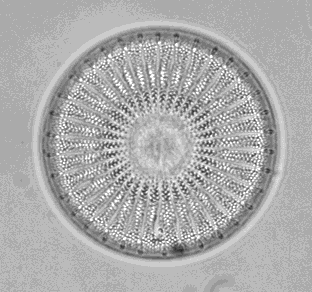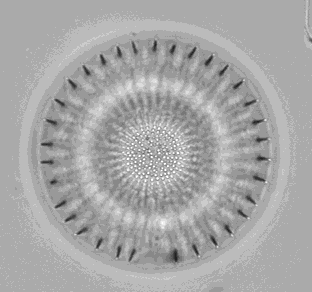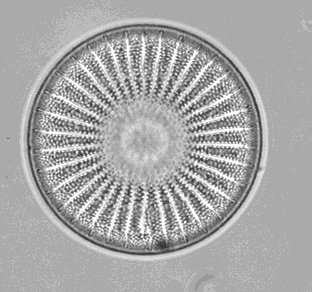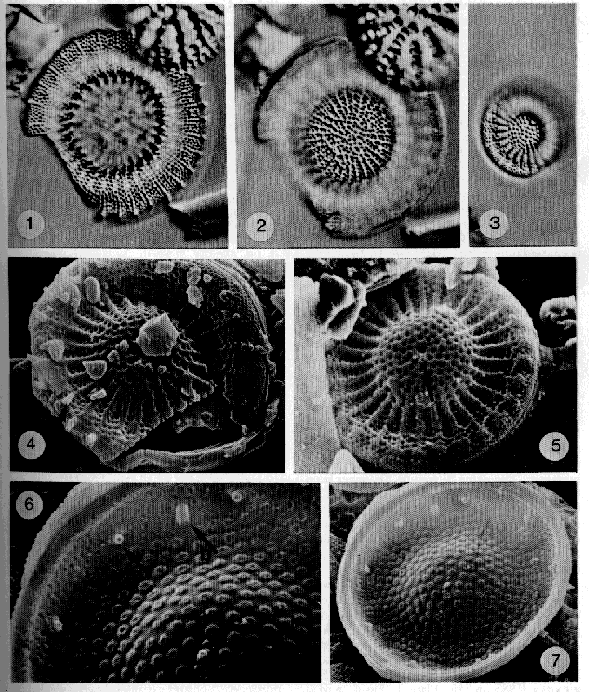Stephanodiscus sp. aff. transilvanicus
|
Diameter: 40.75
Collection 1189
|
|
|
|
 |
|
|
|
|
|
|
Stephanodiscus sp. aff. transilvanicus
|
| Return to Top Page | Return to Genera List | Return to Species List |

|

|
|
